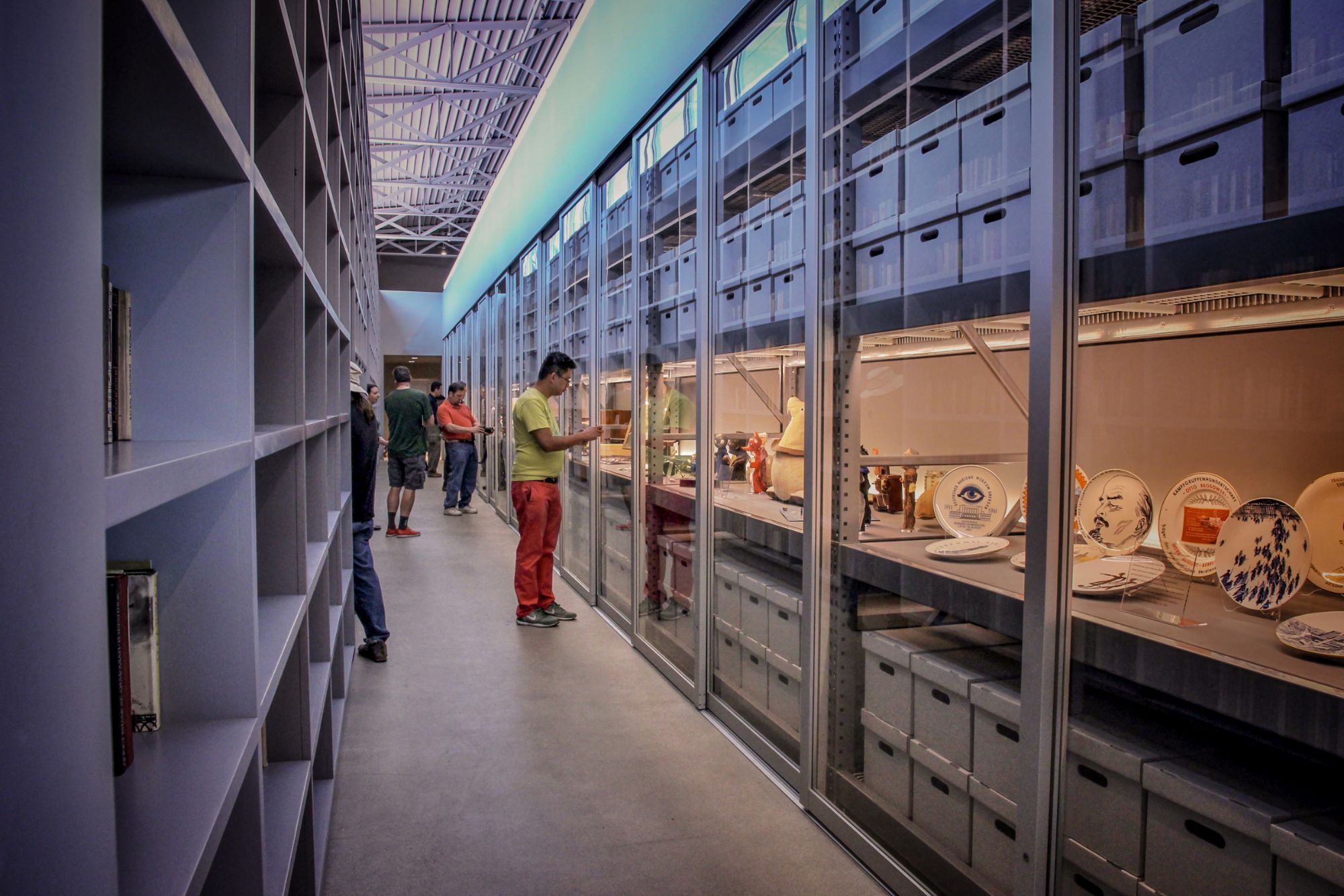





“We began with a dream of transforming an abandoned National Guard armory into a cultural center for the community. Gafcon helped to make this a reality, working in close partnership with our team, with municipal agencies, and with our constituents. Together, we have improved the quality of life in the neighborhood and empowered learning opportunities for those who might not otherwise have them.”
Justinian Jampol
Executive Director, Wende Museum
The story of The Wende Museum is one of grit and determination on the part of the project team, city leaders, and the community. An adaptive reuse of an abandoned national guard armory, the project involved years of fundraising, donations, and pro bono services to make this non-profit museum a reality.
Gafcon provided construction management services to renovate the abandoned armory originally constructed to survive a first strike of an atomic bomb dropped by Soviet Union planes. The building includes two aboveground bunkers with walls nine inches thick. The building still has the original air filtration system embedded into the walls.
The museum was renovated using an exceptionally large number of construction items that were given to the museum as in-kind donations. The museum had to raise a significant amount of money through personal relationships to fund this endeavor. Gafcon.’s construction manager performed value-engineering services and negotiated with subconsultants and vendors to lower rates or to donate materials and services. Extreme safety and security measures were taken, including a panic alarm system, special window tinting to meet UV standards, and bulletproof glass glazing for ultimate protection of the artifacts.
The Wende’s new facility provides more effective access to the museum’s collection, presents thought-provoking, entertaining programs, and anchors a mile-long stretch of art venues along Culver Boulevard, connecting the cultural corridor with the downtown arts district and the 405 freeway. The eco-friendly restoration of the building and its surrounding property greatly enhanced the community by activating an abandoned facility and converting open land into a community gathering space with drought-tolerant landscaping and sculptures from the collection.